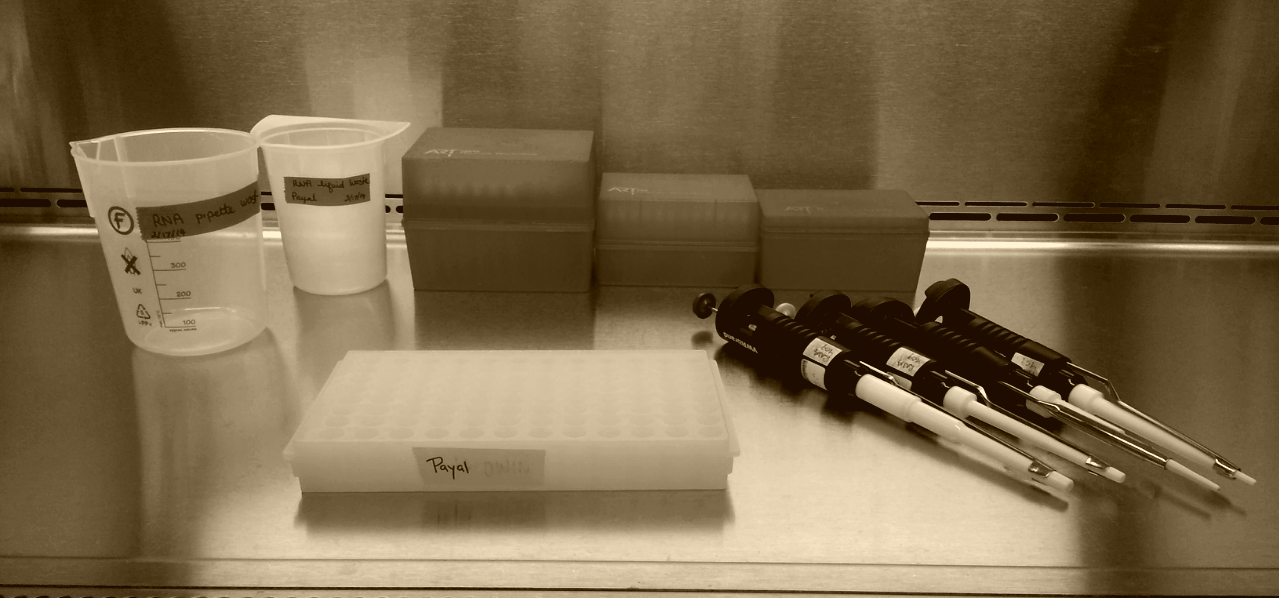July 15, 2021
I recently wrote a preview for a thought-provoking study by Alexandria Tauzin et al. (Cell Host Microbe, July 2021) regarding the efficacy and associated immune responses following a single dose of BNT162b2 mRNA vaccine (by Pfizer). You can read my preview here, where I discuss some important aspects of immune response discussed in the original paper by Tauzin et al explores few interesting concepts in this study and provides moderate resolution on some burning questions.
There’s been a long-standing debate and confusion about the generation of neutralizing antibodies against SarsCov2 (N and Spike proteins), following single or double doses of mRNA vaccines. Since, I am a scientist and it’s my day job to chop up big questions into smaller pieces.. here are the main questions:
When will the neutralizing antibodies be generated following vaccination with 2 doses of mRNA vaccine? How much will the antibody titer be?
How can these be detected? What will be the quality of these antibodies?
Will absence or weak antibody titer correlate with weaker protection?
Will the amount of neutralizing antibodies differ between individuals with a history of natural infection?
Will the individuals with prior natural infection require two doses?
How will previously infected individuals respond with regards to their humoral and cellular responses?
Will the cellular responses fill the slack of weak neutralizing antibodies?
Can we predict strong correlations between Th1 and humoral responses?
It has been over 18 months, since we were made aware that a highly transmissible strain of respiratory virus had been going around, and that it has become global. By March 2020, we’d already realized that US was not safe and lock-downs were beginning to shape up. By April, we were starting to lose a disturbing number of individuals daily and it felt like we were in a war. We realized, this was deadlier than anything we had seen and we knew little about how to protect ourselves. By December 2020, however, we had vaccination available and clinical data showed protection. Science has come through and we have found unprecedented results in a historically short timeline. So, what’s next? Here’s what we still do not know:
How long will the protection last from full vaccination regime?
How many doses will be required to vaccinate everyone (in the world)? How much time will it take, setting aside the money issue?
Tauzin et al shows that a single dose of mRNA vaccine shows quantifiable protection (humoral and cellular) in those individuals that were previously infected. If that is true, that changes things. We would need less # of vaccine doses world-wide, especially if 12.. 18.. 24 months down the road, we need a booster. So, this is pretty significant. As an immunologist with deep interest in host-pathogen interactions, it seems like there are way too many moving parts to parse through. Focusing from the viewpoint of pathology, it is elusive (still) what contributes towards long-covid. We haven’t a concrete clue in how to prescribe and diagnose for long covid in real time, let alone… retrospectively. I want to do a follow up and connect these studies to more basic immunology as we do in the Khanna lab, to keep this stream of consciousness flowing.
Let’s keep this conversation going, so please comment/discuss your ideas.

